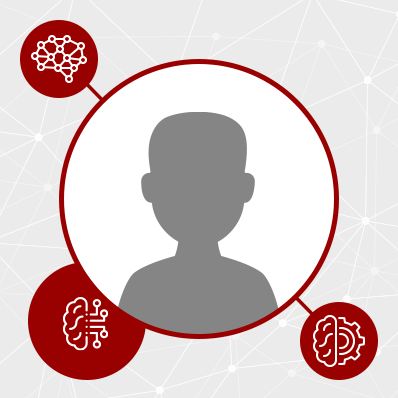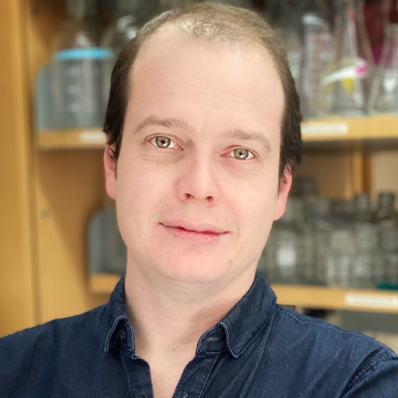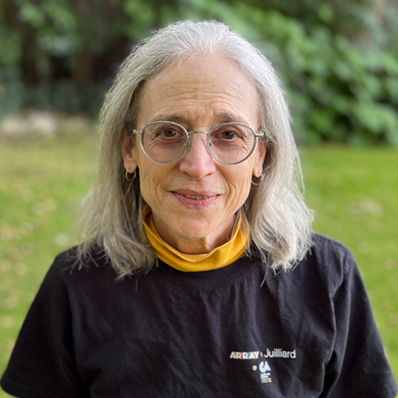Arnold, Don
Professor of Biological Sciences
The Arnold lab develops molecular tools for studying and manipulating neural circuits. We have developed novel recombinant probes known as FingRs, which label synaptic proteins such as PSD95, Gephyrin, and CamKii with high fidelity without causing off-target effects. We have used FingRs to visualize the formation of memories in larval zebrafish. These probes can also be used to ablate synapses, leading to functional disruption of neural circuits in a fast, efficient, and reversible manner. More recently, we developed ATLAS, a protein that mediates anterograde tracing of neural circuits from genetically determined neurons. We believe that ATLAS and its variants for tracing neuromodulatory circuits will be powerful tools for observing and manipulating neural circuits in the context of living organisms.
Bienkowski, Michael
Assistant Professor of Physiology and Neuroscience and Biomedical Engineering
Our lab investigates brain cell types, their susceptibility to disease, and how biomedical treatments can slow or prevent neurodegeneration. We have a wide variety of collaborative research projects using animal models of retinal diseases and Alzheimer’s disease (mice, rats, rabbits) as well as studies in post-mortem human samples. We use cutting-edge multidisciplinary approaches to characterize brain cell types and their neurodegeneration including viral tract tracing connectomics, spatial transcriptomics, 3D neuronal reconstruction, and digital pathology/machine learning.
Bonaguidi, Michael
Associate Professor of Stem Cell and Regenerative Medicine
Cognitive impairment (CI) is a burdensome neurological condition that occurs during aging, Alzheimer’s disease (AD), and is a common co-morbidity in many neurodegenerative diseases, including epilepsy. Unfortunately, CI prevalence continues to accelerate due to population aging and emerging therapies only slows CI by a few months. Our research seeks to develop regenerative medicine and provide longer-lasting benefits to CI through brain restoration. We are establishing endogenous brain regeneration as a therapeutic approach for CI in pre-clinical animals and people by (1) investigating neural stem cell behavior in aging, AD and epilepsy, (2) developing computational/AI drug discovery tools for precision medicine to treat CI, and (3) partnering with physicians for human research and clinical trials to translate our findings.
Borner, Tito
Assistant Professor of Biological Sciences
The whole of his research career focuses on deepening our understanding of how nerve cells control food intake under both normal physiological conditions and when conditions go awry, such as when disease sets in. His overarching research goal is to investigate and identify the components and pathways within the central nervous system that mediate anorexia (loss of appetite), nausea, vomiting (emesis), and weight loss in pre-clinical models. This exploration focuses on understanding how these symptoms manifests after various diseases and, importantly, how they can be prevented, which special emphasis on chronic conditions such as cancer and diabetes.
Bottjer, Sarah
Professor of Biological Sciences and Psychology
Our lab studies how neural circuits that traverse the cortex and basal ganglia mediate motor skill learning during development. Skill learning entails the acquisition of a new behavior as trial and error of variable actions are refined into a stereotyped pattern. Acquisition of new motor skills depends on neural circuits that compare feedback of self-generated movements to a desired goal and reinforce “correct" movements that match that goal. We use multidisciplinary behavioral and systems neuroscience approaches to study the function of cortico-basal ganglia circuits during developmental skill learning. Understanding the normal function of these circuits is a necessary prerequisite to understanding the multiple diseases associated with disorders of the basal ganglia.
Charaziak, Karolina
Assistant Professor of Otolaryngology-Head and Neck Surgery
Hearing loss is one of the most common sensory disabilities, with 350 million people worldwide suffering from hearing impairment. Unfortunately, the development of intervention strategies for overcoming the effects of sensory impairment is hampered by limited understanding of both how the normal inner ear processes environmentally relevant sounds and how disruptions in this processing can be identified and diagnosed. Thus, in our lab we aim to advance this knowledge by studying how the cochlea of the inner ear processes both simple and environmentally relevant sounds. We utilize approaches that combine both direct (e.g., intracochlear vibrometry) and indirect (e.g., otoacoustic emissions, electrophysiology) measurements of cochlear responses with theoretical modeling. Joint intracochlear and otoacoustic emission/electrophysiological studies informed by theoretical models are crucial for improving the power of diagnostics in humans, where the cochlea cannot be accessed for a direct study.









